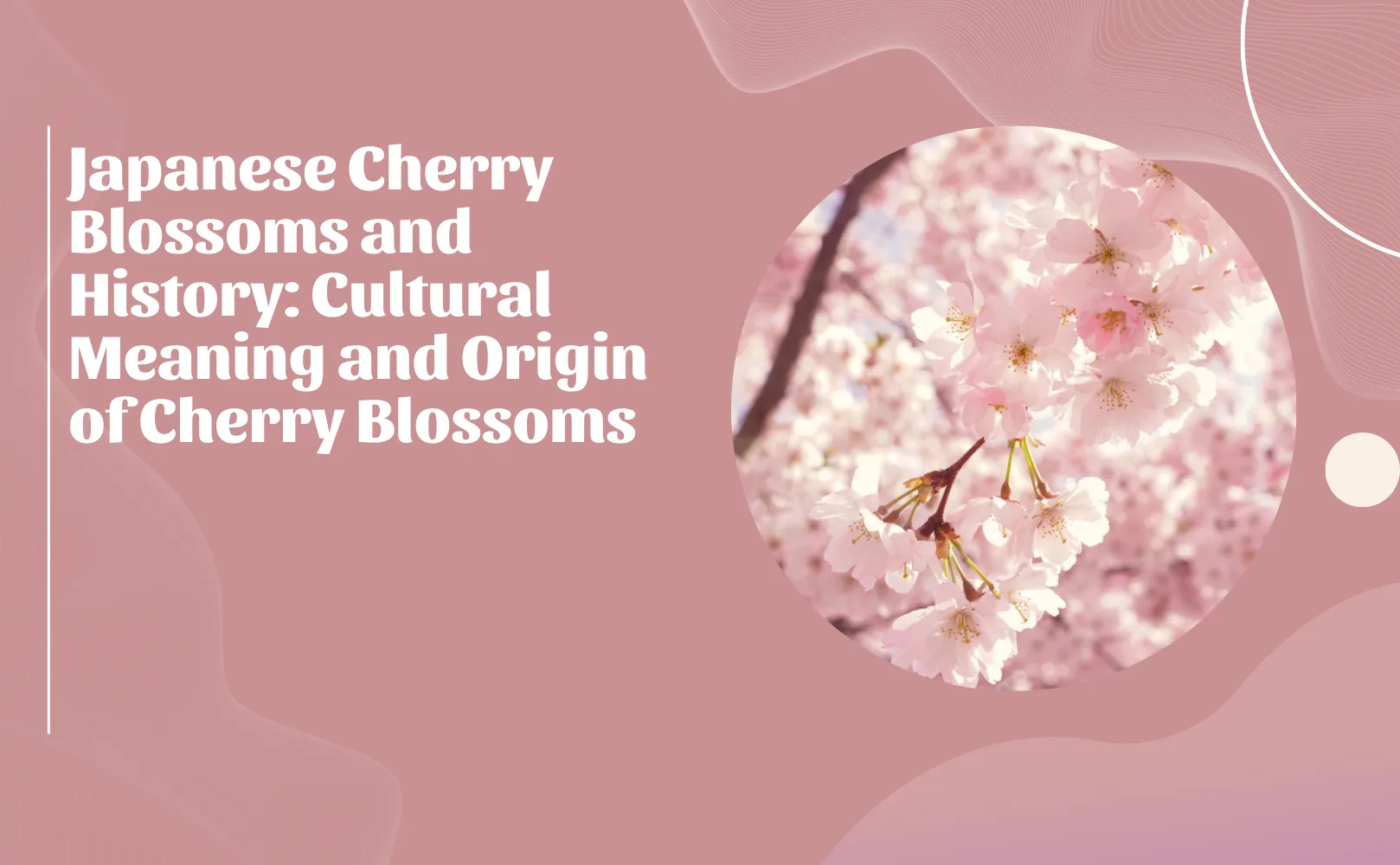In Japan, cherry blossoms are more than just pretty flowers; they embody a rich cultural and emotional significance that has been deeply ingrained in Japanese society for centuries. Let's take a delightful journey through the history and meaning of these iconic blooms!
Historical Background of Cherry Blossoms
Cherry blossoms have been a vital cultural symbol in Japan from ancient times to the modern era. Their history runs deep, with mentions in historical texts like the "Nihon Shoki" (Chronicles of Japan) confirming their importance.
Ancient Japan and Cherry Blossoms
In ancient Japan, cherry blossoms were considered sacred. They were believed to house deities, particularly those of mountains and rice paddies, and were often the focus of rituals aimed at ensuring a bountiful harvest. Moreover, the blooming of the cherry blossoms signified the arrival of the rice planting season, acting as a natural indicator for farmers.
The Heian Period: Aristocratic Culture and Cherry Blossoms
During the Heian Period (794-1185), cherry blossoms became central to the culture of the aristocracy. This era celebrated blossoms in literature, especially in traditional forms of poetry known as "waka," expressing their ephemeral beauty. Notable classical works, such as "The Tale of Genji," frequently depicted cherry blossoms, emphasizing their allure and transience.
The Samurai Era and Cherry Blossoms
Post-Heian, during the Kamakura period (1185-1333), cherry blossoms evolved into symbols of samurai spirit. Their fleeting blooming period and beautiful but brief existence mirrored the bushido code, which emphasized purity, honor, and a dignified acceptance of mortality. This connection added depth to the symbolic nature of the blossoms.
Cultural Significance of Cherry Blossoms
The Transience of Life and Beauty
The beauty of cherry blossoms lies in their short-lived existence. As they bloom and swiftly scatter, they resonate with the Japanese appreciation for the fleeting nature of beauty. This acceptance speaks to a broader cultural ethos, cherishing each moment in life, reminding people to find beauty in the transient.
Aesthetic Sensibilities of Japan
The delicate pink hue of cherry blossoms is treasured as a color associated with softness and grace in Japanese aesthetics. This gentle color has influenced various aspects of Japanese culture, from traditional clothing to everyday items, symbolizing an enduring love for this shade.
A Symbol of New Beginnings
Cherry blossoms are interconnected with significant cultural events in Japan. Many ceremonies, such as graduations and school entrance celebrations, coincide with the cherry blossom season, making these flowers symbolize new beginnings and farewells for many people. This connection further embeds cherry blossoms in the hearts of the Japanese.
The Evolution of Hanami (Cherry Blossom Viewing) Culture
Edo Period: Blossoming into Popular Culture
The Edo Period (1603-1868) marked a transformation in how cherry blossoms were enjoyed, spreading widely among both samurai and commoners. As cherry trees were planted in urban areas, the popularity of hanami events soared. This era produced many ukiyo-e artworks and literary pieces featuring cherry blossoms, cementing their status in Japanese culture.
Modern Cherry Blossom Viewing
Since the Meiji period, even with Western influences, the Japanese affection for cherry blossoms remains strong and continues into modern times. Presently, hanami is a major springtime event that captures the hearts of many. Parks, riversides, and mountainous areas rich in cherry blossom trees attract visitors from across Japan, drawing crowds to admire the breathtaking scenery each year.
Conclusion
Cherry blossoms hold a unique and treasured place within the tapestry of Japanese history and culture. Their ephemeral beauty has played an essential role in shaping Japanese aesthetics and perspectives on life. With every season, cherry blossoms will continue to enchant people, symbolizing the change of seasons and evoking a deep appreciation for the beauty of life. If you ever have the chance to visit Japan during cherry blossom season, prepare to experience a rich cultural encounter that goes beyond merely witnessing beautiful flowers.

